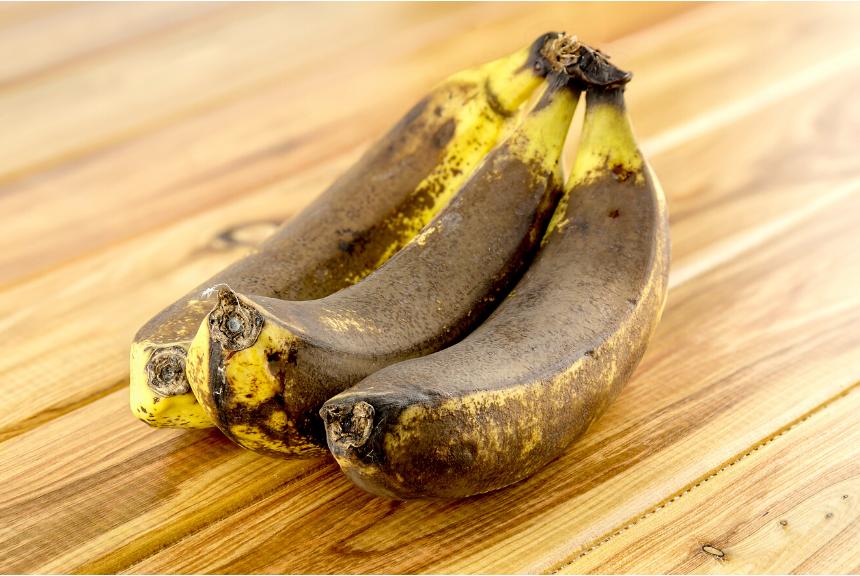Demand for food and grocery is all over the place. The food industry always had seasonal forecasting challenges, even before the Coronavirus struck. Now it’s pure mayhem. Particularly if you supply fresh products and perishable goods.
Check out these unsavory stats on food waste:
- The global cost of food waste is now $2.6 trillion per year!
- The U.S. retail food sector generates 8 million tons of waste annually in distribution centers and stores, or $18 billion a year in lost value for retailers because of spoilage
Foodservice: It’s Boom or Bust
Depending on whether you dabble in grocery retail or the restaurant space, foodservice demand is boom or bust – with NO in between.
Maybe because of Shelter-in-Place, you have an un-fulfillable poultry order from Kroger (demand high). Or on the flip side, rotting avocados in your DC because last year’s history told you 18,000 units would sell to a restaurant in Q1 of 2020…
It’s all the same flavor of problem: late, inaccurate information.
Is there really a way to forecast for this? Or is spoilage just a casualty of perishable products you’re willing to live with?
Foodservice wholesale distribution businesses can easily stabilize yo-yo demand for restaurant and grocery retail customers with machine learning-driven perishable order management solutions.
Fresh Product Forecasting is Complicated
It blows my mind how many companies still use outdated forecasting methods such as spreadsheets and even stock boy-adjusted ‘best guesses’. These strategies can’t keep pace with the unique volatilities around fresh food and other short-shelf life products.
Of the biggest offenders:
- Strict traceability requirements
- Erratic consumer buying habits
- Long or variable supplier lead times
- Seasonality, holidays and weather events
- Promotions and new items
- Broader assortments including “ultra-fresh” items with no more than 1-2 days shelf life
- Regional demand variances
Machine Learning in Fresh Food Replenishment
The key word here is fresh.
Fresh products account for up to 40% of grocers’ revenue and one-third of cost of goods sold. So YEAH… getting it right matters.
Companies are having great success with perishable order management solutions. Driven by machine learning, these solutions help foodservice companies calculate the difficult trade-offs when placing fresh food replenishment orders: buy too much and suffer loss from spoilage, or buy too little and suffer lost sales and lost customers.
Perishable order management solutions eliminate costly risk by collecting, analyzing and adjusting large data sets from a wide range of sources, without throwing additional headcount at the problem. These systems look at not just historical data, but real-time parameters – with the ability to adjust on the fly and get smarter with every calculation.
Machine learning tells the replenishment system the optimal forecasting recommendations across a very granular (SKU) level, for every channel and every location.
Results Are Dramatic
According to a report by McKinsey & Company,
“Companies that use machine learning technology for replenishment have seen reductions of up to 80% in out-of-stock rates, declines of more than 10% in write-offs and days of inventory on hand, and gross-margin increases of up to 9%.”
Learn more about Fresh Product Forecasting and Perishable Order Management to stabilize yo-yo demand in food and grocery.














